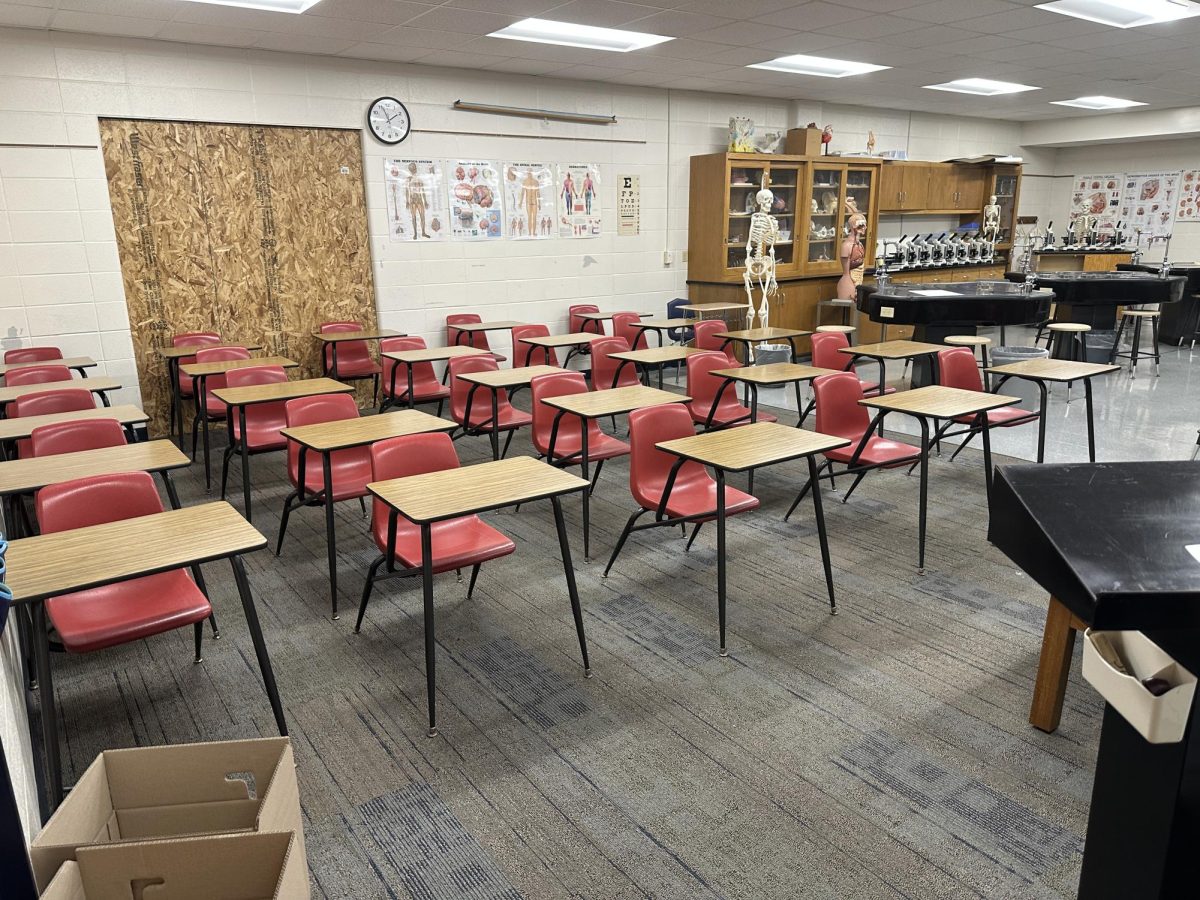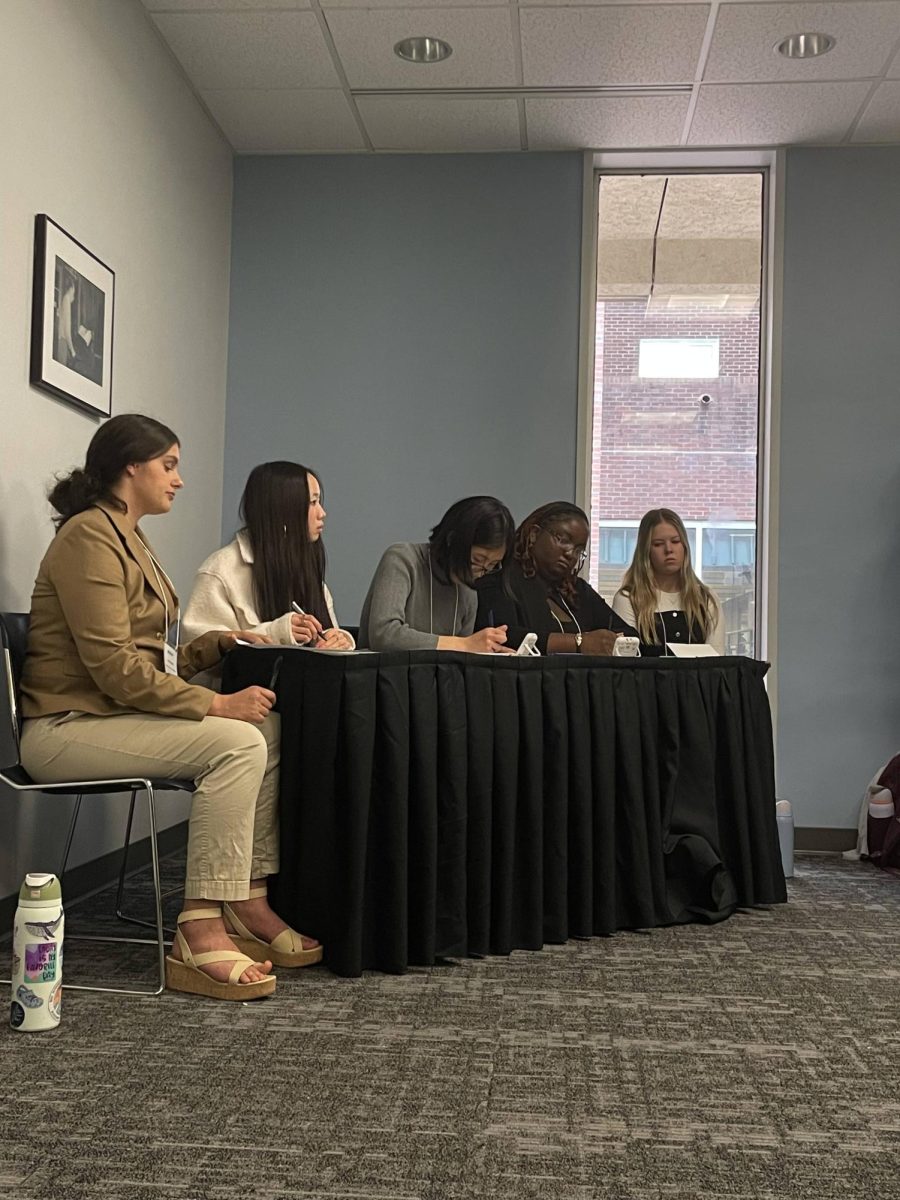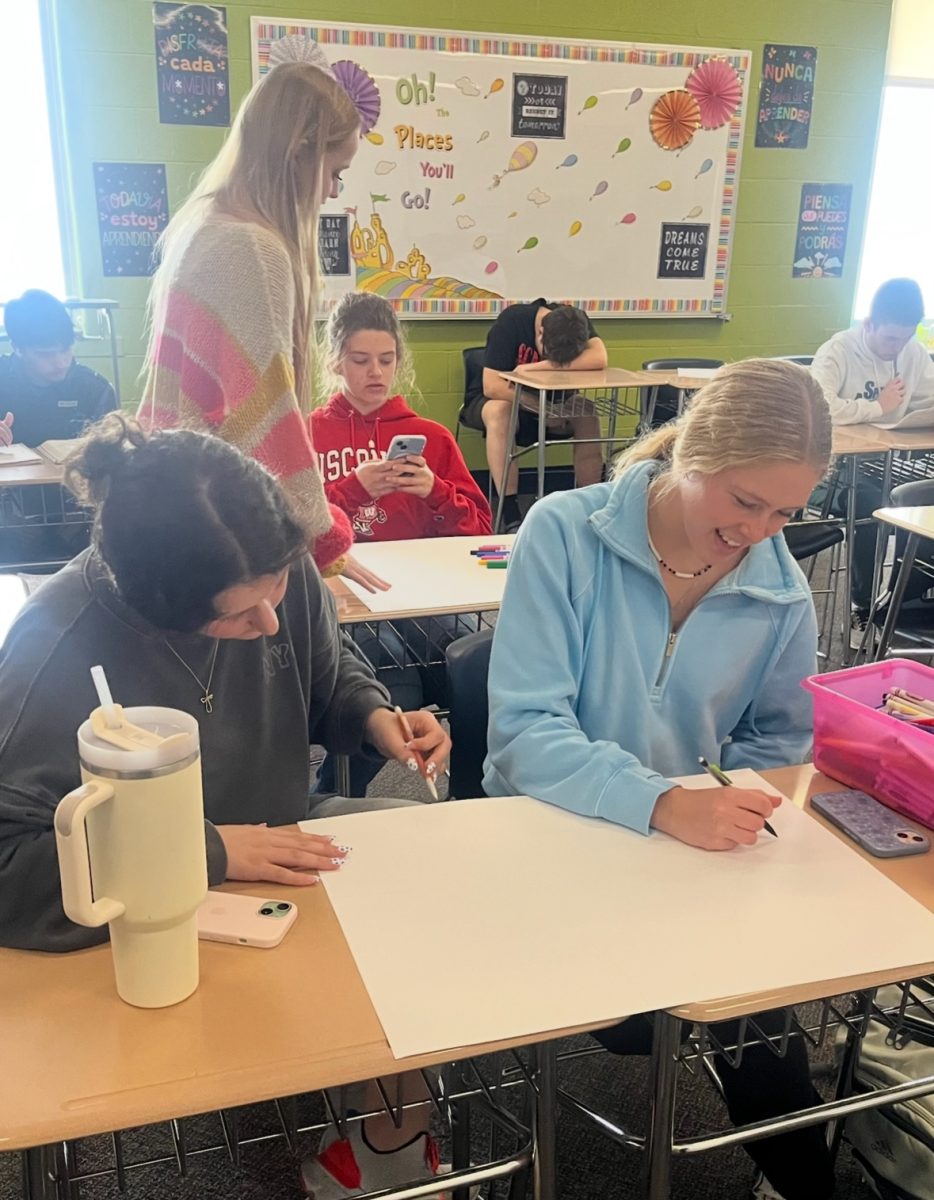Seating arrangements in classrooms are more than just a layout of desks and chairs. Where students sit affects their learning, friendships and interactions. Teachers aim to organize seating charts to improve academic performance and teamwork.
One of the most common topics discussed in education is whether or not students who sit in the front perform better than those in the back. Many studies have shown that students who sit in the front have more frequent interactions with teachers, sense more accountability and are less likely to get distracted by peers or electronics.
However, academic performance is not only based on how far a student is from the teacher. Learning styles, pressure and motivation also play a huge role. Some students may be more successful sitting in the back compared to the front of the classroom.
Some students who sit in the back feel less pressure and are therefore more focused. “I feel like sitting in the front gives me more pressure because I feel like everyone is watching,” junior Harjeevan Singh explained. “Sitting in the back gives me freedom to watch the teacher and everyone else’s mistakes to make sure I don’t make the same ones.”
Seating arrangements also have an impact not only on friendships within classrooms, but they help students collaborate with each other. Students who sit closer together are more likely to form connections, unite and be in contact. By sitting together, students are able to discuss topics outside of school and work together.
The group environment fosters stronger connections and a chance for students to help each other. “I tend to learn better when teachers assign us into pods because I am more involved in the class,” senior Finn McMillan said. “I hate being in rows or columns because I can’t ask my peers questions when I don’t understand what’s being taught.”
Particular seating arrangements are more beneficial for teamwork and partnerships. For example, teachers who put students in pods, clusters or pairs motivate students to interact and work together. Students who are placed into small groups are more likely to share ideas, talk about concepts and solve problems together as opposed to students isolated in rows or columns.
Teachers who arrange desks into pods or groups have a passion for motivating students to learn and help each other. “I value groups because, with a subject like physics, it is helpful to work easily with others. That is tougher to do when in rows, the logistics sometimes don’t work out,” teacher Joshua Hoffman explained. “Working in a team is a life-skill and something many professions will ask of you. So I feel I am helping build that skill.”
On the other hand, rows and columns are made for individual work or individual mastery. Even though this type of arrangement can reduce distractions, students don’t have the opportunity to help each other when struggling.
The arrangement of desks and chairs in a classroom might seem like an insignificant detail, but it has a huge impact on student learning, interactions, friendships and collaboration. Sitting in the front may increase academic performance for some students, while others would rather be in the back. Ultimately, teachers need to take into account student preferences because the most successful seating arrangement depends on the student’s learning style.










Ava Hartsock • Oct 18, 2024 at 2:41 pm
When I am able to work with my friends, I get my work done quicker because I am able to collaborate with them and focus. I prefer to sit in the front of the class because it forces me to be more engaged. I feel more of a responsibility to participate.
Arslonbek Ruzmatov • Oct 10, 2024 at 11:40 pm
I believe the highest communication interactions between professors and students typically occurs with students in the first row or along the middle of the classroom. Students in back rows are more likely to be less engaged.
Arpita Devshetwar • Oct 10, 2024 at 11:22 am
I believe that seating arrangements affect learning a lot. In my opinion when there are pods rather than rows students are more prone to communicate, talk among themselves, and question about the material. I believe that when there are pods students feel more comfortable as the environment is more inclusive which leads to students being more receptive and attentive. At last, I would say the seating chart has a huge impact on student engagement, knowledge of material, and attentiveness in class.
Arpita Devshetwar • Oct 10, 2024 at 11:12 am
The article discusses how different classroom settings impact students. I personally find that the seating chart enhances my learning experience, as I am more prone to communicate with new people. It helps students to ask questions to their peers, and discuss ideas. When I am in a row I feel isolated and I am less likely to participate. I believe that the seating chart has a huge impact on students’learning as it makes material feel more simpler as you are talking with peers about it, discussing, and questioning.